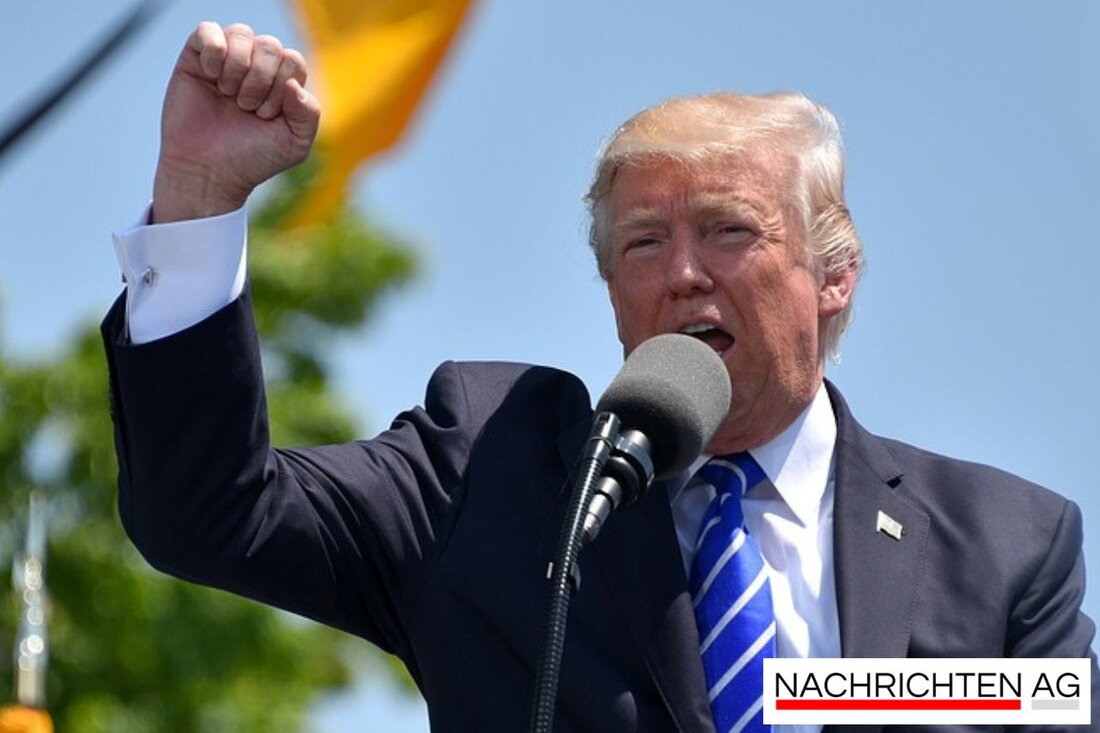Global emergency aid in danger: 14 million lives on the brink!
Ms. Alabali Radovan warns of the consequences of the USAID withdrawal for global development cooperation and humanitarian aid.

Global emergency aid in danger: 14 million lives on the brink!
International development aid is facing a serious dilemma: a lack of funds and the withdrawal of one of the largest sponsors, the US agency USAID, are putting global emergency aid to the test. According to Federal Development Minister Reem Alabali Radovan, there is a lack of about60 billion euros, which represents more than a quarter of global spending. This decline is due in particular to the dismantling of USAID by the administration of US President Donald Trump. Daily Mirror reports that there is no way to compensate for this financial exit from Americans.
“It is frightening to see how aid projects worldwide are suffering because of the decisions of the last few years,” says Alabali Radovan. The Trump administration had labeled USAID ineffective and announced its permanent closure in July 2025, followed by over13,000 employeeswere fired. More than 80% of USAID-led projects are no longer funded, and only about 1,000 remain under the State Department. This has serious implications for aid projects that have helped reduce mortality from diseases such as HIV/AIDS and malaria, which have made significant progress over the last two decades. Deutschlandfunk estimates that by 2030 more than14 million people, of that4.5 million children, could die as a result of these developments.
Global challenges in development aid
The U.S. withdrawal is not just a national issue; the international community is also facing increasing humanitarian needs. With the end of USAID, the international aid architecture loses a crucial donor. Press portal highlights that countries such as Afghanistan, Mozambique and the Democratic Republic of Congo are already struggling with massive cuts to their aid projects. For example, have over400 health facilities in Afghanistanhave ceased operations, depriving millions of people of access to medical care.
“We absolutely have to close the gaps caused by the cuts,” warns Jan Friedrich-Rust from “Action Against Hunger”. However, German institutions don't exactly paint a good picture either: the federal government is planning massive cuts in humanitarian aid and development cooperation. According to the draft budget, cuts of around1 billion euros, so8 percentfor the Federal Development Ministry, and in the Foreign Office the funds for humanitarian aid are even to be used53 percentbe reduced. Such cuts could have devastating effects on the already fragile international aid structures.
Given these lukewarm developments, the question arises as to whether Germany and the EU are ready to take on a global leadership role. Alabali Radovan emphasizes that other donors cannot close the financing gap to the same extent. The future course of European development aid could be crucial to how much aid and support actually reaches the world in the coming years - especially for the most vulnerable populations around the world.

 Suche
Suche